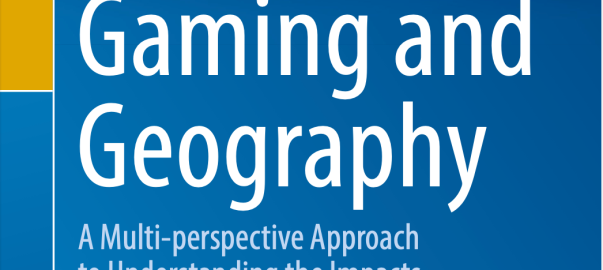I’m looking forward to this book, I’m interviewed for a section in it and the rest of the content is interesting!
Champion, E., & Estrina, T. (2025: in press). On his roles as Professor and Research Fellow- Erik Champion. In V. Hui, R. Scavnicky, & T. Estrina (Eds.), Architecture and Videogames Intersecting Worlds. Routledge. https://www.routledge.com/Architecture-and-Videogames-Intersecting-Worlds/Hui-Scavnicky-Estrina/p/book/9781032528854
“The definitive resource on consolidating these interconnected fields, this book will mobilize the current generation of designers to explore and advance this synthesis.””This book explores and affirms the emergent symbiosis between video games and architecture, including insights from a diverse range of disciplines.
With contributions from authorities in both architecture and videogame industries, it examines how videogames as a medium have enlightened the public about the built environments of the past, offered heightened awareness of our current urban context, and presented inspiration and direction for the future directions of architecture. A relatively nascent medium, videogames have rapidly transitioned from cultural novelty to architectural prophet over the past 50 years. That videogames serve as an interactive proxy for the real world is merely a gateway into just how pervasive and potent the medium is in architectural praxis. If architecture is a synthesis of cultural value and videogames are a dominant cultural medium of today, how will they influence the architecture of tomorrow? Heavily illustrated with over 200 images, the book is split into seven sections: Cultural Artifacts, Historic Reproduction, Production Technologies, Design Pedagogy, Proxies and Representation, Bridging Worlds, and Projected Futures.
The definitive resource on consolidating these interconnected fields, this book will mobilize the current generation of designers to explore and advance this synthesis.”

